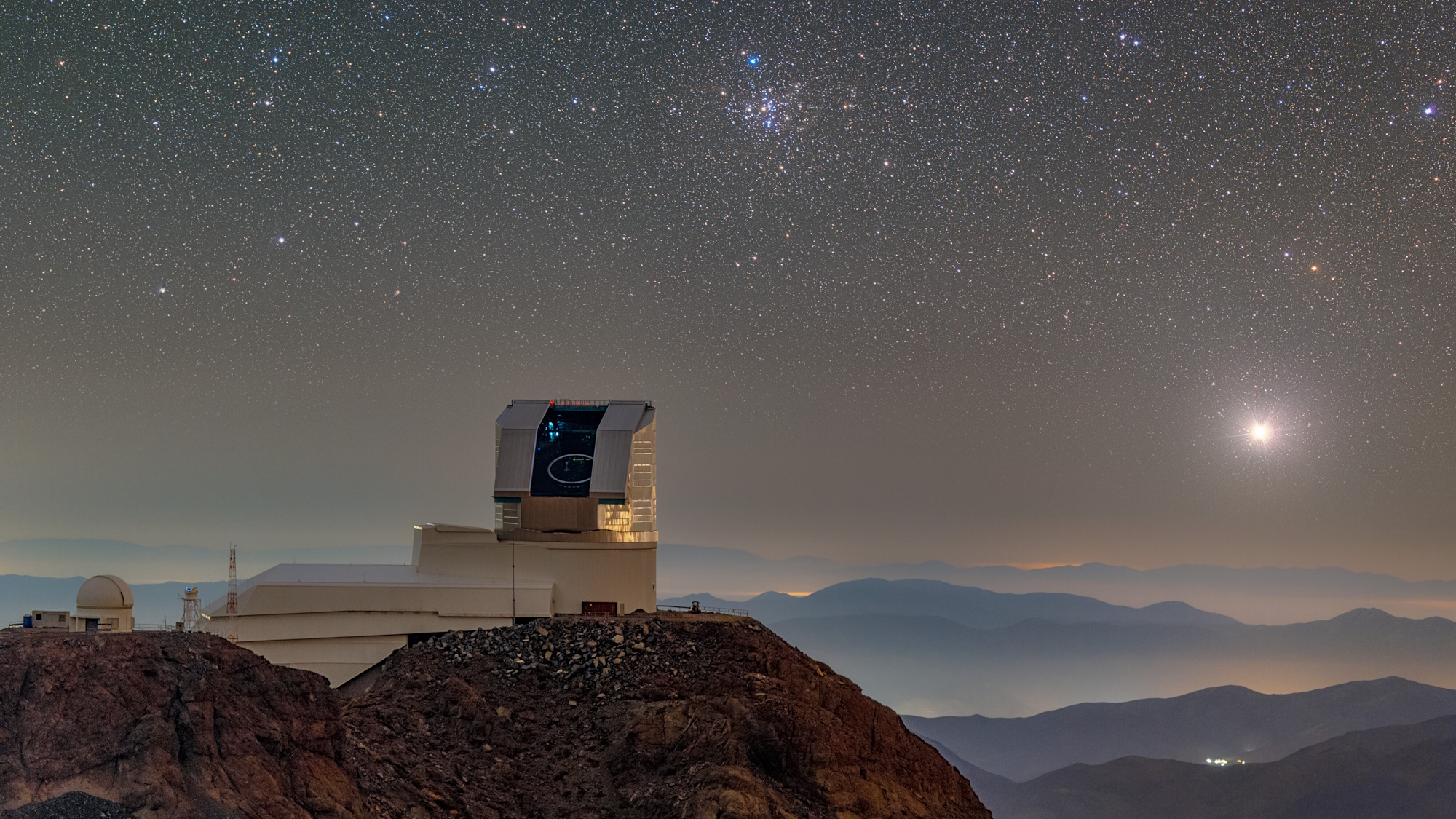The Night Comes Alive
The simple truths revealed by the sky throughout the night give us a perspective unlike any other.
“I’ve learned that people will forget what you said, people will forget what you did, but people will never forget how you made them feel.” -Maya Angelou, R.I.P.
Recently, I was contacted by time-lapse photographer Thomas O’Brien, alerting me to a new video he’s put together from footage he’s compiled over the past nine years from the most reliably, consistently eventful meteor showers here on Earth: the Geminids, the Perseids, and the Leonids. If — like me — you didn’t get to enjoy a single Camelopardalid last week (or even if you did), this just might leave you with an unparalleled feeling of awe.
But just what went into making this video? Amazingly, this is Thomas’s very first timelapse video, something he was able to put together from a selection of an archive of over 500,000 still frames. You can read more about its technical composition here, but I’d like to highlight for you the science of what goes into what you’re seeing.
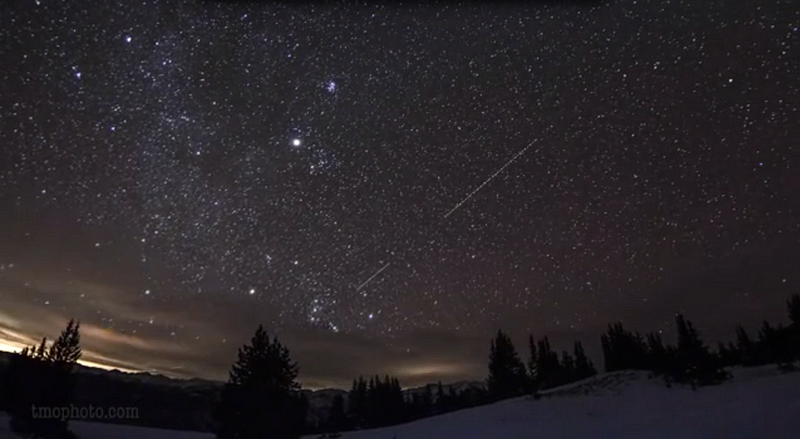
The streaks you’re seeing come in two different flavors: the slow ones that appear in multiple different frames, that zip across the entire sky and that seem to originate from all over, and the fast ones that appear to exist in just one of the frames apiece, appearing to point away from a single, solitary point.
That’s because you’re seeing light from two different types of sources, one of which never existed before the mid-20th century!
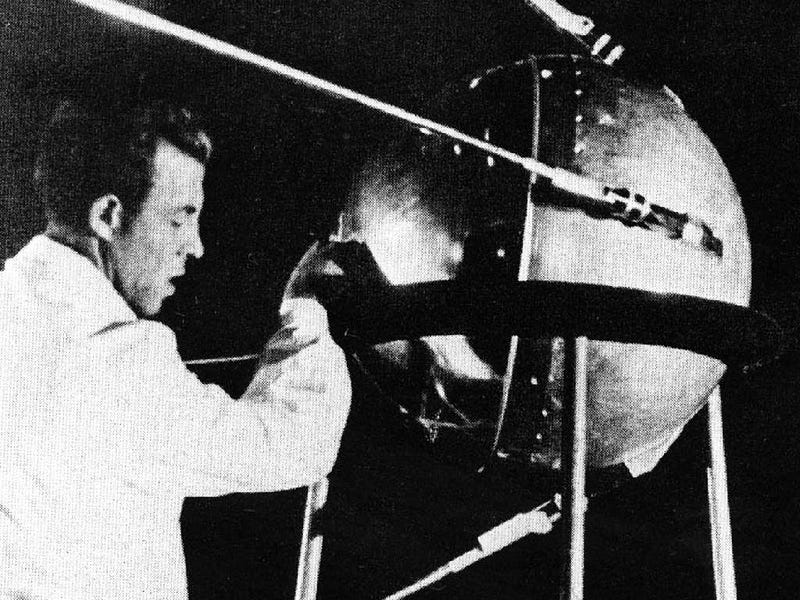
The ones that leave streaks across the entire sky — appearing to originate and terminate out-of-frame (or beyond the Earth’s horizon) — aren’t meteors at all, but rather man-made satellites! From low-Earth orbit, these spacecraft zip around our planet at typical speeds of 28,000 kilometers-per-hour (17,000 mph), crossing a terrestrial observer’s entire field of view in a matter of just a couple of minutes.
But the very fast-moving streaks are an entirely different phenomenon.
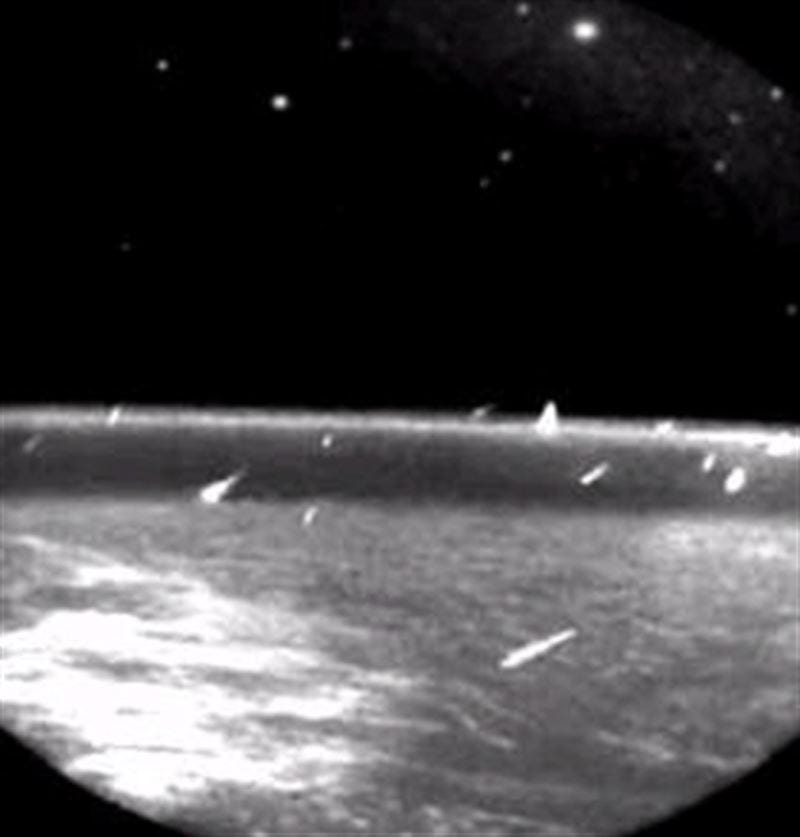
Dusty debris ejected from a comet that passed too close to the Sun continues to orbit in the path that the comet still takes, colliding with Earth once per year as our planet plows through the point where it crosses our world’s orbit. These streaks appear to originate from a radiant, or central point on the sky, are typically short in both duration and length, and are the hallmarks of meteor showers.
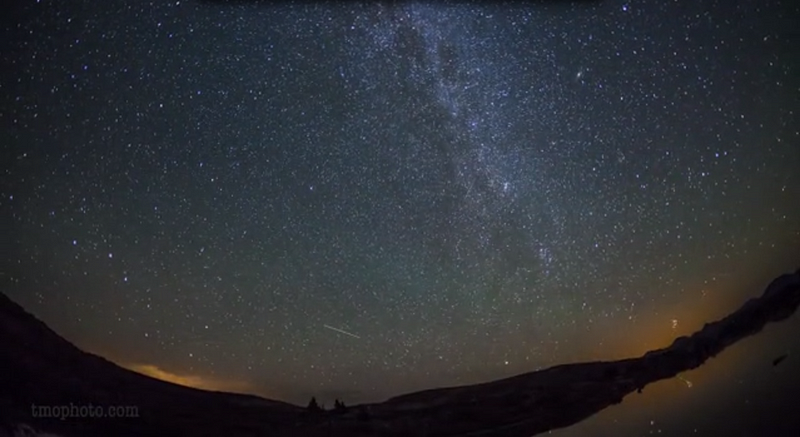
Each one of these meteors — or shooting stars, as they’re sometimes colloquially known — are typically no bigger than a grain of sand, and burn up in the atmosphere on timescales ranging from a maximum of a few seconds all the way down to milliseconds.
But there’s much more in the video than simply that!
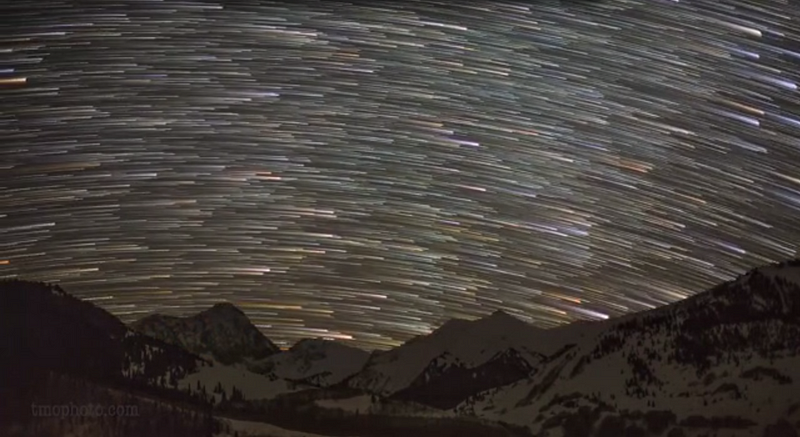
There are some seriously amazing star trails shown off here. A long-exposure image like this can bring out literally thousands of stars, and by stacking minutes or even hours worth of images atop one another, you can create these beautiful, long trails.
What’s particularly nice about this is that these are true-color star trails, where the color you see is determined solely from the actual temperatures of the stars themselves, with the coolest ones appearing red, then onto hotter ones progressively as we go to orange, yellow, white, and finally bluish. Note the difference between a real image, like the one above, and a fake, falsely colorized (and falsely highlighted) one like Justin Ng’s, below.
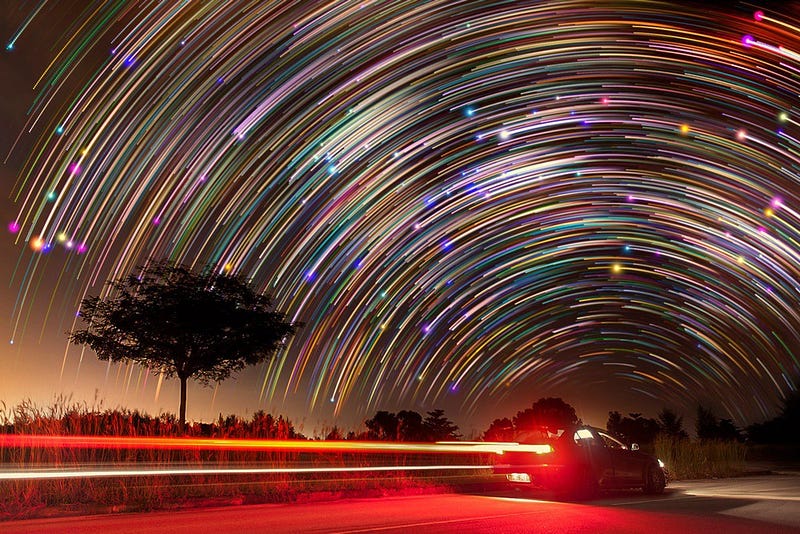
Another thing that the video really brings out is just how amazingly bright the Moon is, something that most people, in my experience, really fail to appreciate.
To put it in perspective, the Sun is a whopping 400,000 times brighter than the full Moon, but the full Moon is 40 million times brighter than the majority of naked-eye stars that are visible to human vision!
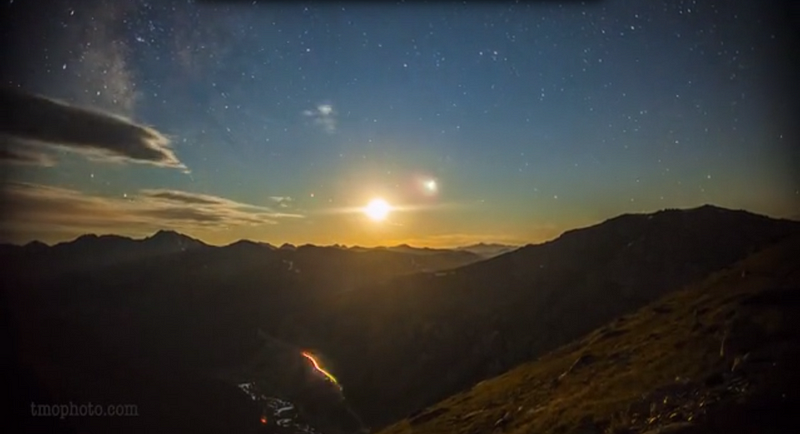
You might look at this image and think immediately of a sunset or sunrise, but this is what you actually see by taking a long-ish (maybe 15-45 second) exposure of the Moon rising! Just as the Earth’s atmosphere reddens the Sun as it rises by preferentially scattering blue light away (leaving more of the reddish light), the Moon does the exact same thing! By gathering light for around a thousand times as long as your eyeball can, you can even witness the effect that the Moon has on the atmosphere: it’s very similar to the Sun! Even the bodies of water on the Earth below reflect the moonlight just as they would sunlight.
The telltale sign, though, that this is the Moon and not the Sun, is that that stars remain present in the sky, only marginally washed out by the Moon, and preferentially moreso in the vicinity of the Moon itself.
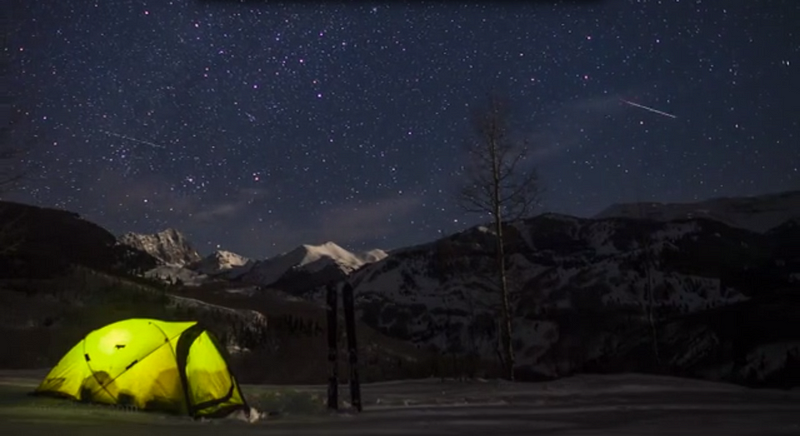
You’ll also notice that the vast majority of satellite trails — like these shown at about 1:11 of the video — move in roughly the same direction across the sky. Why would that be?
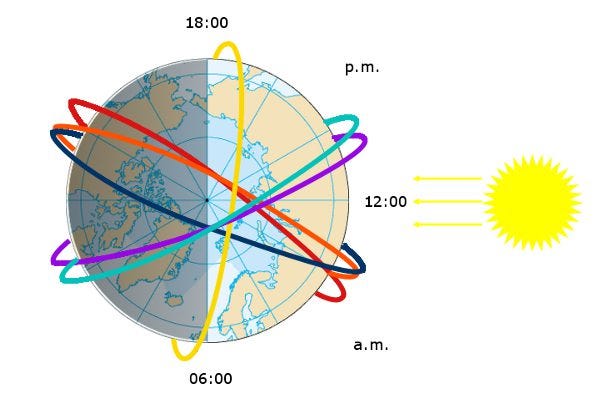
Because low-Earth-orbit satellites — the vast majority of which have been sent up in the past two decades — generally follow a very specific plan as far as what orbit they’re sent up in. From a given location on Earth, the vast majority of satellites that you’re likely to see are following the same flight plan!
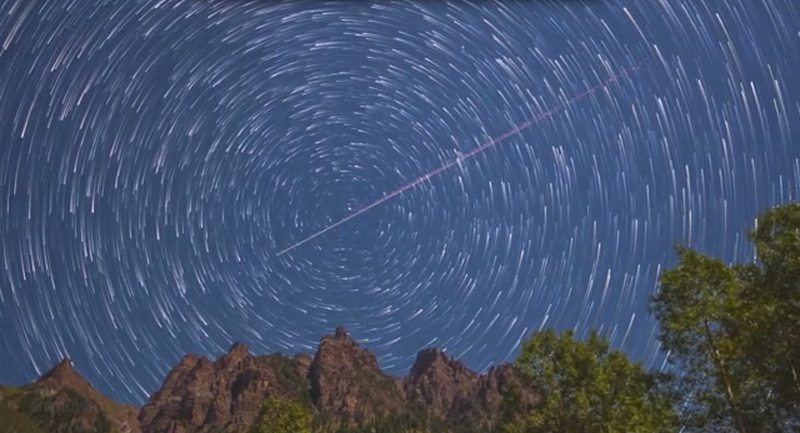
And the North Star — the bright object visible with barely any star trail at all — is not quite located at the North Celestial Pole! The small but noticeable star trail it leaves behind is because it’s located (at present) at a declination of 89° 15′, not at a perfect 90°. This means that, over a 24-hour period, it makes a circular trail 1½° in diameter, or three times the size of the full Moon! This isn’t significant for most general purposes, but for extremely precise ones, this can make a huge difference, and it’s noticeable in Thomas’s video.
And finally…
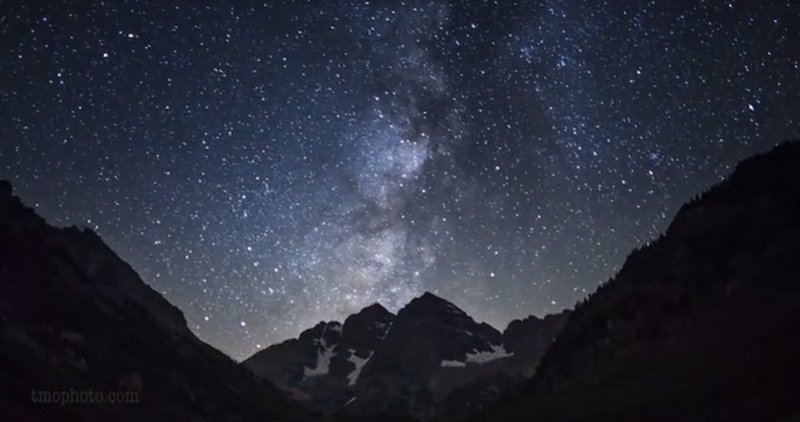
The plane of the Milky Way (above) — our galaxy’s disk — as well as star clusters (easily identifiable, below), are not only visible to the naked eye under dark-sky, moonless conditions nearly every night, they’re capable of being seen under sub-optimal conditions with the power of long-exposure photography, which simply let more light in!
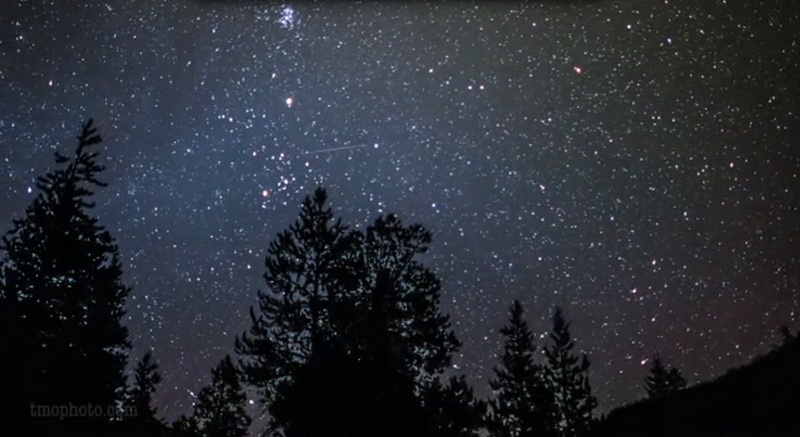
But the darkness of the sky, how black it appears (versus blue or even cyan), that’s something that cannot be mimicked with long-exposure photography. Photons are photons, and if you’re letting the deep-sky ones into your camera, you’re letting the ones polluting the atmosphere in, too. And a city — even a small one — will show up with not only an unmistakeable glow over its location, but is likely to brighten (and hence, affect the seeing) over the entire sky.
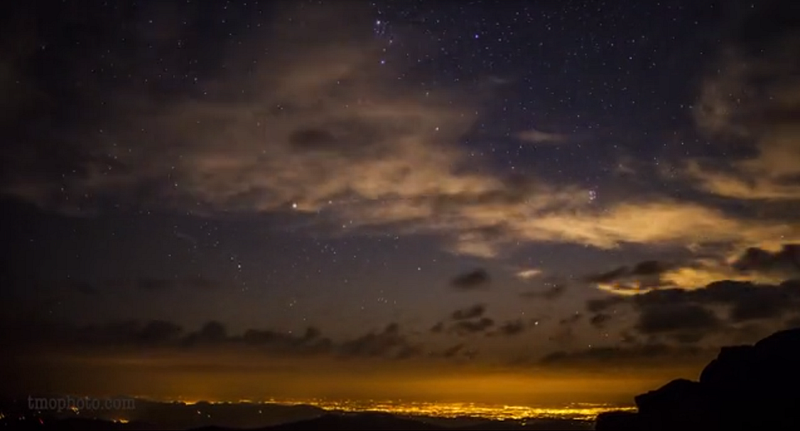
But regardless of how much of the science you did or didn’t know, I hope that watching a dark, night sky shine over a terrestrial landscape, changing as the planet rotates beneath our feet and subject to the lighting effects of satellites, the Moon, and meteors originating from comet dust, makes you feel the same sense of joy, wonder and connectedness that I did.
Thanks to Thomas for creating such a spectacular video, and thanks to all of you for watching it, and learning a little bit about the science behind what you’re seeing!
Enjoyed this? Leave a comment at the Starts With A Bang forum on Scienceblogs!




